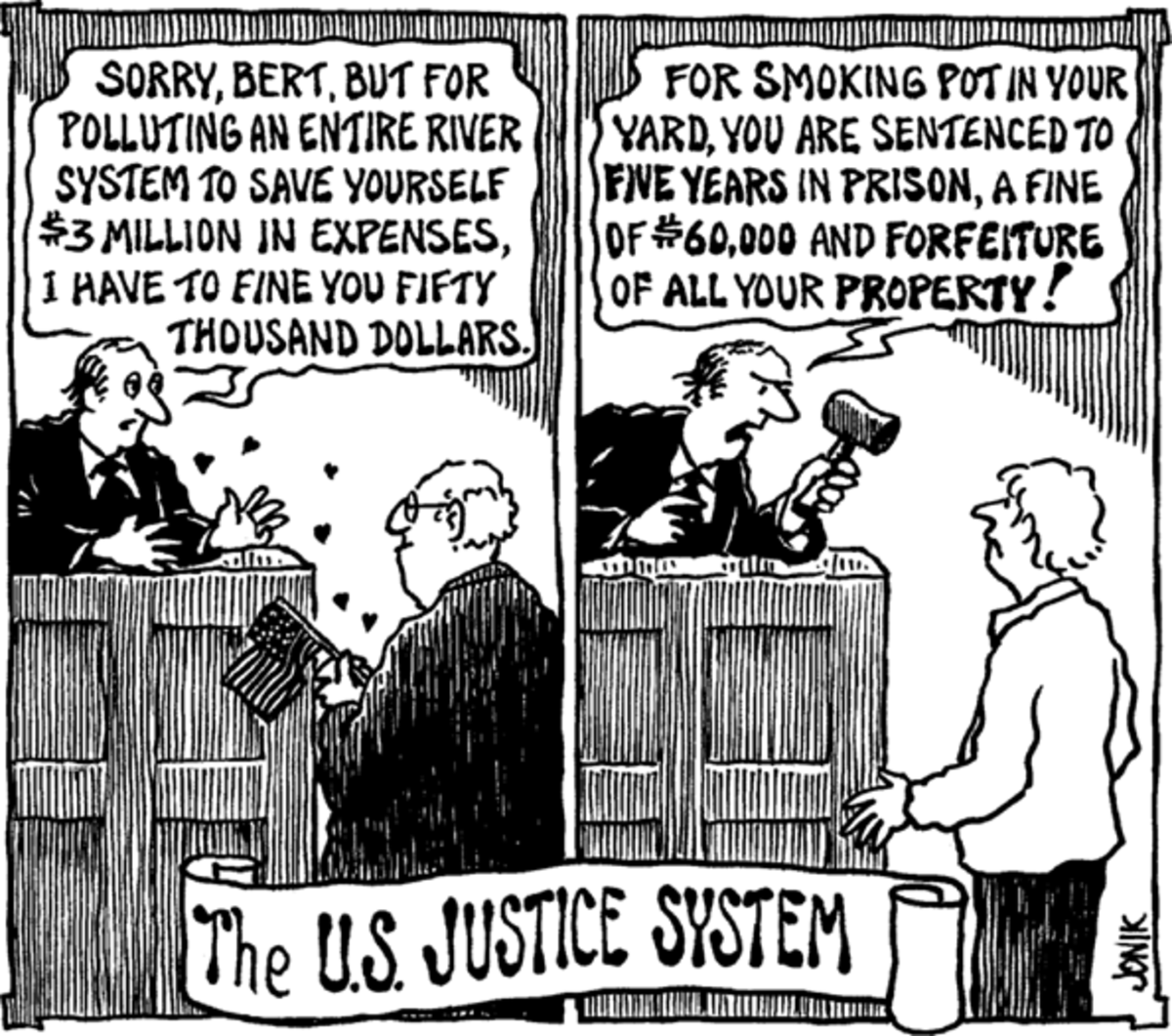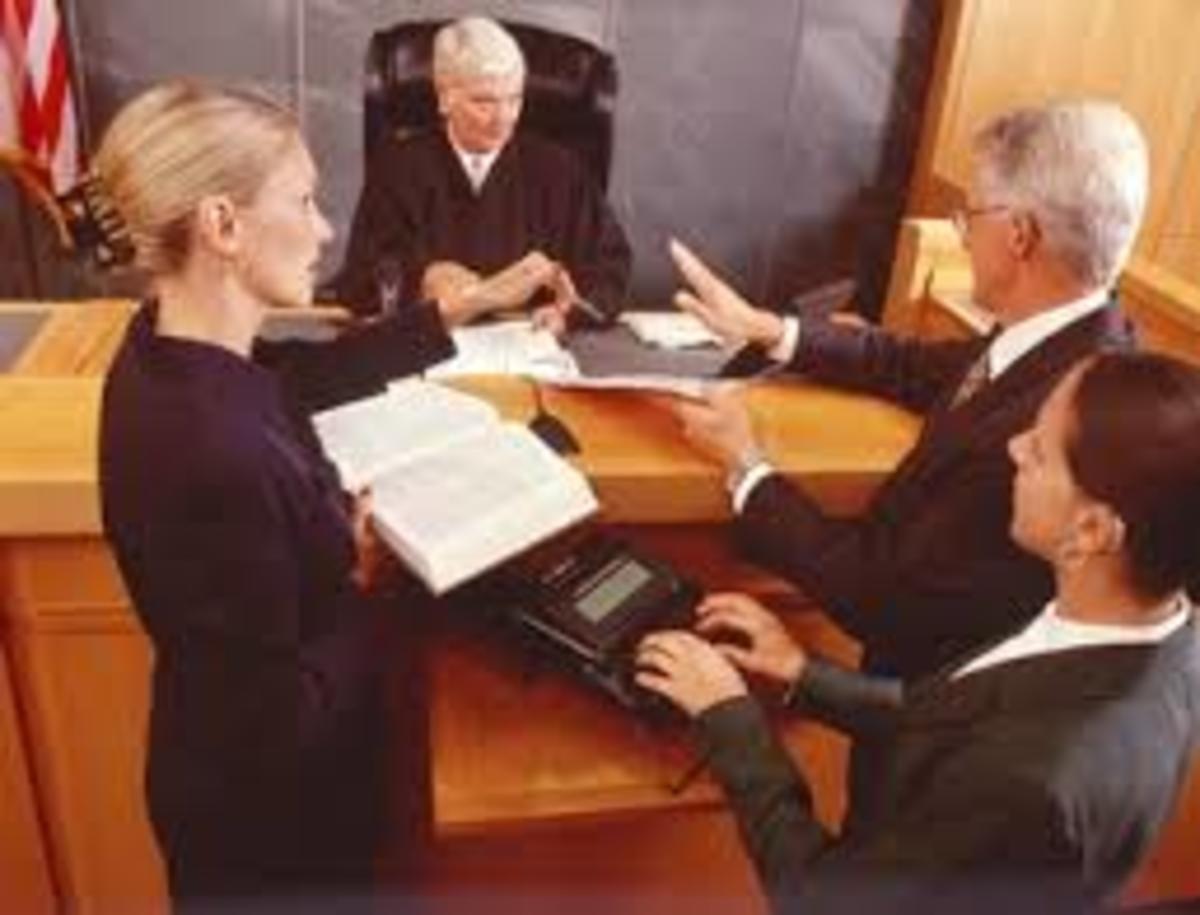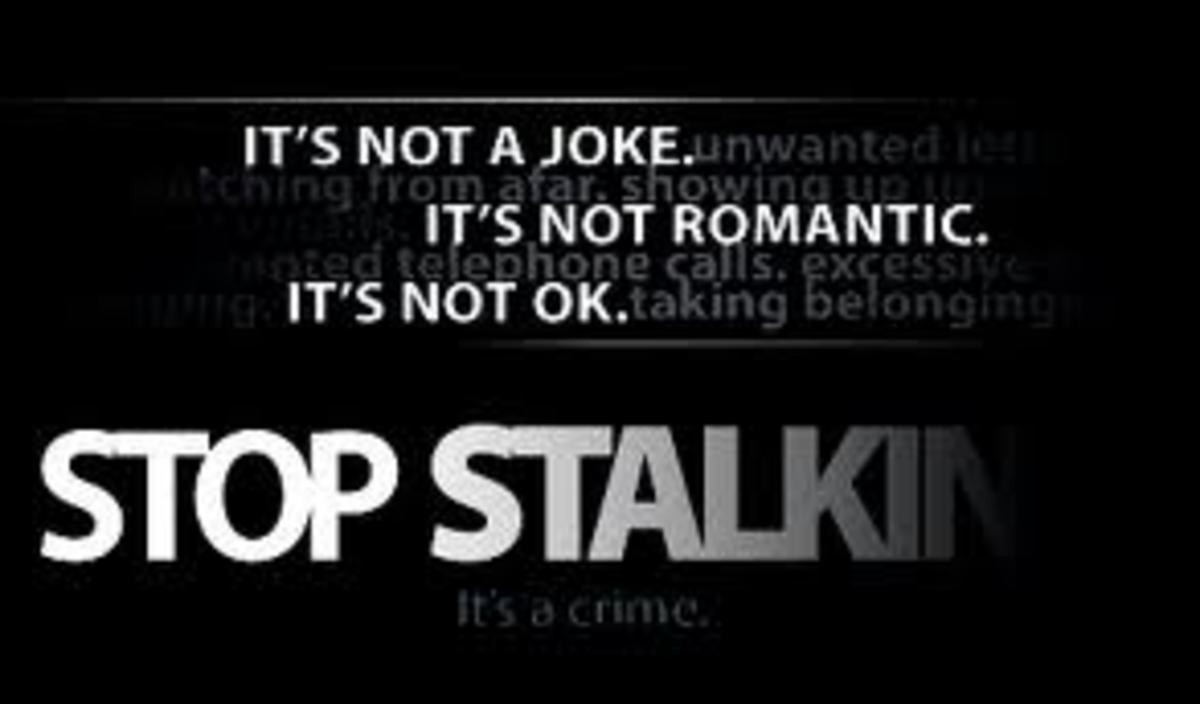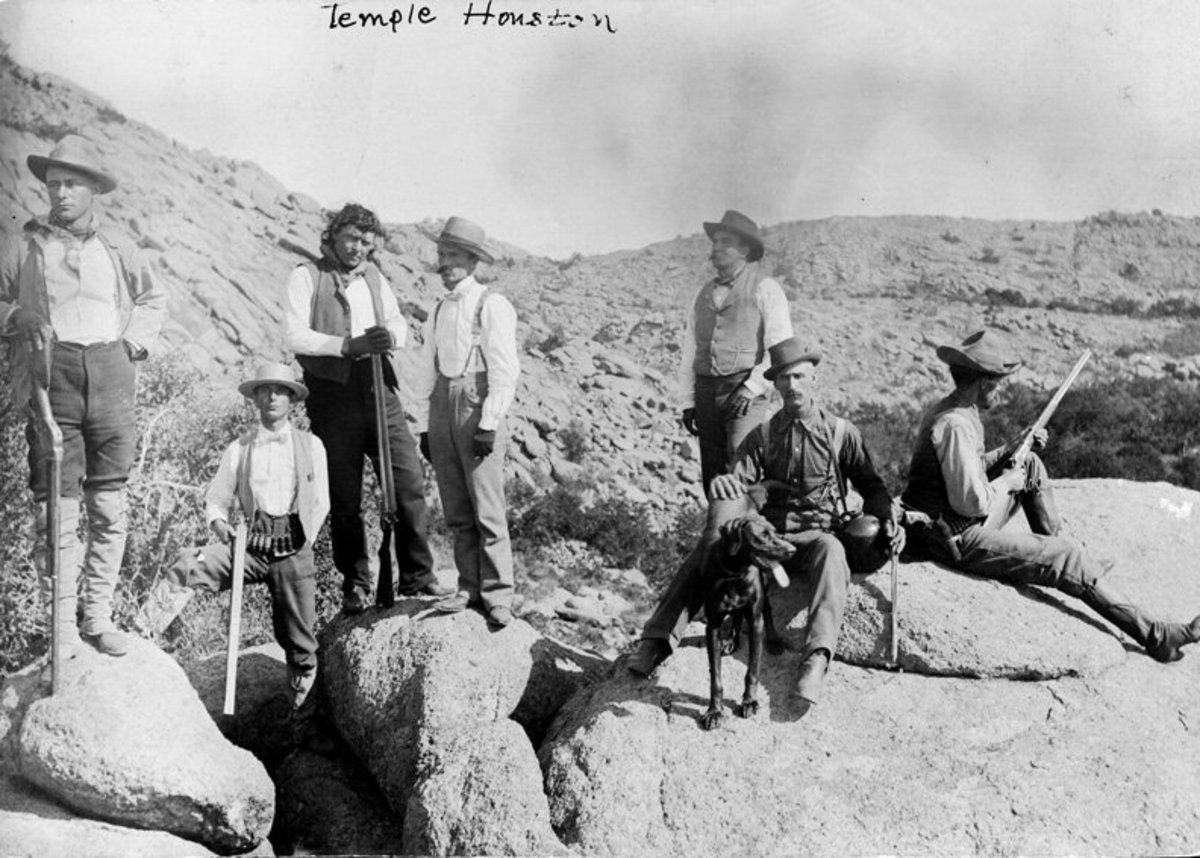Criminal Procedures for Felony Cases
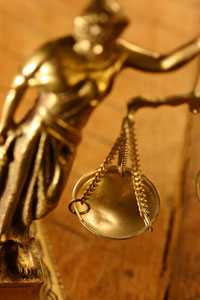
by Amber Maccione
A criminal felony case can be wrapped up in five steps although there are side paths in which a felony case can take based on the technicalities and specifics that go within a case and what information that comes from the reporting source and the investigative stage. Most felony cases start with a crime happening and being reported, investigated, and the culprit arrested. From there, charges are filed and presented to defendant during the initial appearance. A preliminary hearing is set up where it is decided if there is probable cause and enough information to continue with prosecuting the case. If prosecution goes forth with case, an arraignment date is set up where the defendant states his plea. Based on the type of plea made, the case goes to trial and then sentencing or the case goes straight to sentencing (“The Justice System” 2013). If the defendant finds legal grounds on which the trial and sentencing process was faulty in providing a fair trial, the defendant can petition for appeal (Lawyers.com 2013).
Step 1
The first step is the crime happening and the culprit getting arrested. When a crime happens, there are multiple ways for the person to be found out: 1) the victim reports the crime and an investigation happens, 2) someone in the community witnesses a crime and reports it initiating a investigation, 3) police observe crime, investigate, and take suspect in, 4) an informant of the police bring forth enough information to have a person arrested, and/or 5) during an investigation or intelligence work a person becomes a prime suspect and is arrested (“The Justice System” 2013). Overall, in order to be arrested, the defendant has to be accused of doing something that violates the law. If an investigation produces enough evidence at the scene of the crime to arrest the defendant or a warrant is issued for the defendant’s arrest because there is enough evidence gathered during an investigation, the defendant is brought into the jail and booked (Doherty 2013).
When the defendant enters the jail, the law enforcement personnel there take information from him. The first step is to gather his name and the time he came into custody. From there, he gets your picture taken, is stripped searched and given jail clothing in place of his street clothes, his belongings are processed, his fingerprints taken, and he waits to go to his cell (Doherty 2013).
Step 2
After booking, the defendant enters stage two of the criminal process for a felony case: charges are filed against him and he goes through what is known as the prosecution pretrial services (“The Justice System” 2013). This is where the prosecution builds its initial case against the defendant. The police who arrested him and claim that he is guilty present their evidence (the complaint, which is latter replaced by an information or an indictment) (Doherty 2013) to the prosecutor who decides whether there is enough evidence to make a case against him or if the evidence is too weak and therefore forcing them to drop the charges (“The Justice System” 2013). If the prosecutor feels there is enough evidence, the defendant is brought before a judge within 24 to 48 hours after being booked. This is called the initial appearance and it gives the defendant a chance to know what the charges are that are being brought against him (“The Justice System” 2013). Also, this is where he is read his rights (you have the right to remain silent, you have the right to an attorney, and you have the right to not testify if it means you will self-incriminate yourself [American bar Association 2013]), bail is set, and a date for the preliminary hearing is set (Atkinson Law Office 2011).
During the preliminary hearing, the defense team and the prosecution team meet in front of a judge to determine if the prosecution team has sufficient evidence to prove beyond a reasonable doubt that a crime was committed and that the defendant was indeed the person who committed that crime (Atkinson Law Office 2011). If the judge feels that there is not enough evidence to build a case that will prove guilt, charges can be dropped at this point or lessened (“The Justice System” 2013). The preliminary hearing is a time of discovery. The defense team gets to hear what the prosecution will be bringing forth during trial – witnesses, documents, and demonstrative evidence (Lawyers.com 2013).
The last part in stage two (which is being called the prosecution pretrial services stage) is the arraignment. This is where the defendant (after being advised by his defense legal team) declares his plea. There are three types of pleas: guilty, not guilty, or nolo contendere (no contest) (Doherty 2013). If defendant pleads guilty, sentencing date is set. If defendant pleads not guilty or nolo contendere, the judge sets a date for the trial to take place. The judge also should inform the defendant that he has the right to a speedy trial (one that takes place within 90 days). Sometimes the defendant may want to waive this right so that his attorney has time to go over evidence that the prosecution is going to bring forth and also gather his own evidence to place doubt in the prosecution’s case for the fact-finding party at the trial (judge or jury) (Cerro Gordo County Attorneys’ Office 2013).
Another path that could present itself during the arraignment could be that the defendant requests a continuance (Atkinson Law Office 2011). What a continuance does is allows for the defense team to work with the prosecution team in order to resolve the issue without going to trial (Atkinson Law Office 2011). This is called a non-trial disposition where both sides try to reach an agreement to avoid trial by the defendant pleading guilty to original charge or to a different charge in order for the prosecution to agree to a lighter sentence such as restitution, shorter prison/jail time, probation, or a fine (LaWall 2013). If a resolution cannot be found, the defendant will have to enter a plea. Based on that plea, the defendant either goes straight to sentencing or goes to trial (Atkinson Law Office 2011).
Step 3
The Pre-trial motions and the trial are part of stage three in the criminal process of a felony case. As the defense team prepares to go to trial, they go over the evidence that the prosecution has against their client. Sometimes, the defense team discovers things that they feel should be challenged in order to give their client a fair trial. They may ask for certain evidence to be disclosed or suppressed (Doherty 2013). One example of a motion is for a judge to be replaced because of a connection he may have with the prosecution. Another example is for a motion to have the venue of the trial changed in order for a fair jury to be found do to too much media coverage of the defendant and his crime. Since every defendant is to have a fair trial, the defense team wants to make sure that everything that goes into setting up the trial will be fair.
There are two types of trials that the defendant can choose from: bench or jury. The main difference between the two is who the fact-finder is. In a bench trial, the judge is the fact-finder and there is no jury. In a jury trial, there are twelve jurors that are chosen by the defense and prosecution teams (Atkinson Law Office 2011 & Lawyers.com 2013). Every trial goes through the same routine: 1) opening statements by both the prosecution and defense teams, 2) prosecution calls forth their witnesses whom are questioned by both the prosecution team and the defense team and/or presents their evidence against the defendant, 3) the defense team calls forth their witnesses whom are questioned by both the defense and prosecution teams and/or presents their evidence to put doubt in the fact-finders’ minds, 4) both the prosecution and defense teams give their closing arguments about why the defendant should be found not guilty or guilty of charges, 5) the Court gives the jury instructions about their deliberation of deciding whether the defendant is guilty or not, and 6) the jury deliberates and then presents their verdict to the court (in a bench trial, it would be the judge that deliberates and then presents his verdict) (Cerro Gordo County Attorneys’ Office 2013).
Step 4
Once a defendant is given verdict, he is either given a date for sentencing (because the verdict was guilty) or he is acquitted of charges (because the verdict was not guilty). The sentencing date is the fourth stage of the criminal process of a felony case. There are three types of sentencing: 1) financial (defendant has to pay fines and/or restitution), 2) release into the community (defendant is given house arrest, probation, diversion program), and 3) incarceration (defendant is sentenced to a time in jail or prison) (Doherty 2013 & Cerro Gordo County Attorneys’ Office 2013). In order for the judge to decide what a fair sentence on the defendant should be, there is an investigation that is conducted called a PSI (pre-sentence investigation) ordered to be done by the judge (Doherty 2013). The judge’s goal during this process is to figure out if the defendant qualifies for community supervision (Doherty 2013). When considering the sentence (all felonies have a minimum sentence and some have a mandatory, but judges are sometimes given a window), the judge looks at the defendant criminal history, involvement in the crime, whether he was under duress, the victim’s impact statement, whether the defendant feels remorse or willing admitted guilt, whether the defendant would be susceptible to rehabilitation, what his risk to society is, and what would be a good deterrent for him not committing more crimes in the future (Atkinson Law Office 2011).
Step 5
The last stage in the criminal process for a felony case is the appeal process. Not all cases can be appealed though. And the only person who can petition for an appeal is the defendant. The Court and the prosecution are not allowed to overturn a verdict (Lawyers.com 2013). The appeal is the defendant’s last plea to the Court about his case (Doherty 2013). The amount of appeals a defendant has depends on in which court they were found guilty in. If the trial took place in the magistrate court (lowest level), the appeal goes to the general trial court (lower level). If the trial took place in the general trial court, the appeal goes to the appellate court (middle level). From the appellate court, the defendant can petition the state court (sometimes referred to as “Supreme Court” [Lawyers.com 2013]). The last court to take appeal is the United States Supreme Court (Doherty 2013).
The whole criminal process of a felony case can be simplistic as five steps or very complicated depending on the evidence and type of crime. All felony cases involve an arrest, prosecution pre-trial services, pre-trial motions and trial, sentencing, and appeal. The defendant does have the right to waive certain parts depending on his plea or if he wants to use his right to a speedy trial. How the felony case plays out all depends on how the prosecution and defense teams decide to fight their case (plea bargain, go to trial, what kind of trial, who to pick as jurors, what evidence to present, and whether there is grounds to petition for an appeal).
References
(2013). “The Justice System.” Bureau of Justice Statistics. Retrieved from
http://bjs.ojp.usdoj.gov/content/justsys.cfm
American Bar Association (2013). “Criminal Justice”. Retrieved from
http://www.americanbar.org/content/dam/aba/migrated/publiced/practical/books/f
amily/chapter_14.authcheckdam.pdf
Atkinson Law Office (2011).”10 Steps of a Felony Criminal Case. What to Expect.”
Retrieved from http://craigatkinsonlaw.com/practice-areas/10-steps-of-a-felony-
criminal-case-what-to-expect/
Cerro Gordo CountyAttorneys’ Office (2013). “Basic Steps of the Criminal Justice
System.” Retrieved from http://www.co.cerro- gordo.ia.us/Attorney/Attorney_
VP_Steps.cfm
Doherty, J. (2013). “Criminal Procedure: Tracing the Footsteps of the Case.” Retrieved
from http://www.jgcg.com/article/criminal_procedure.htm
LaWall, B. (2013). “Criminal Justice Process.” Retrieved from
http://www.pcao.pima.gov/criminaljusticeprocess.aspx
Lawyers.com (2013). “The Criminal Justice Process.” Retrieved from
http://criminal.lawyers.com/Criminal-Law-Basics/The-Criminal-Justice-
Process.html?page=2
Copyright © 2013 http://ambercita04.hubpages.com/ All Rights Reserved

